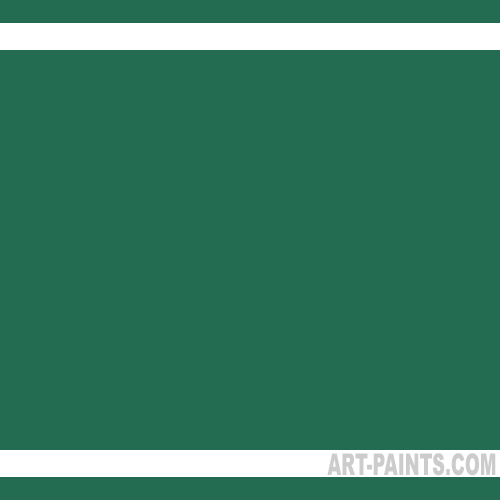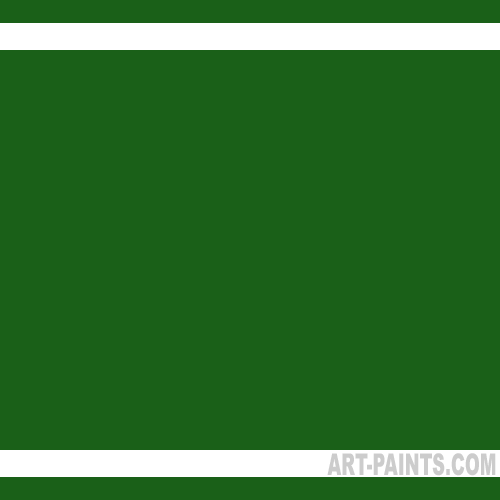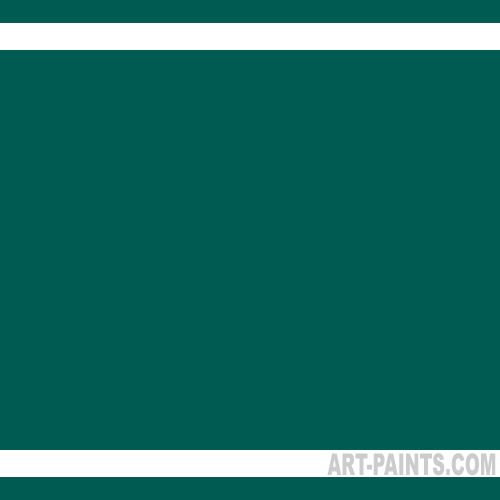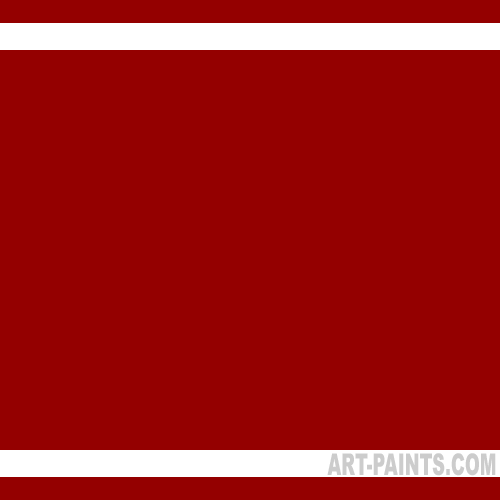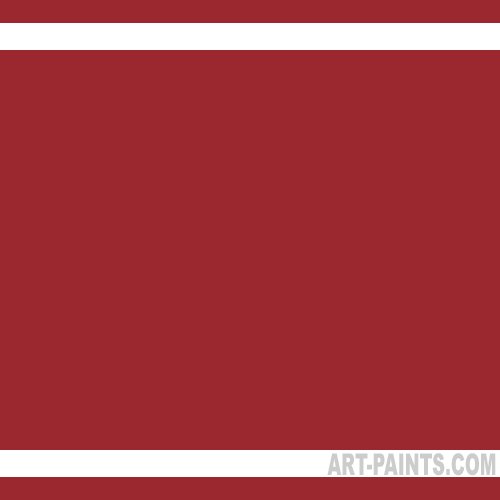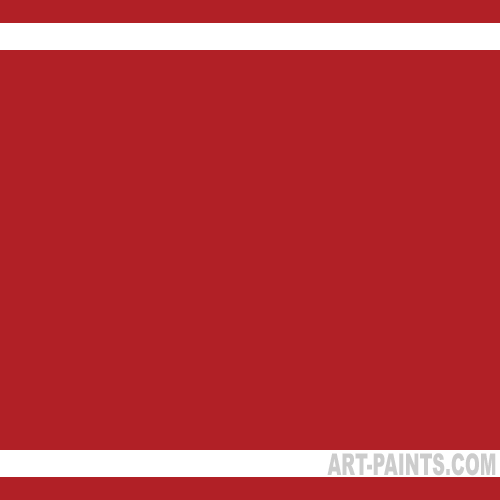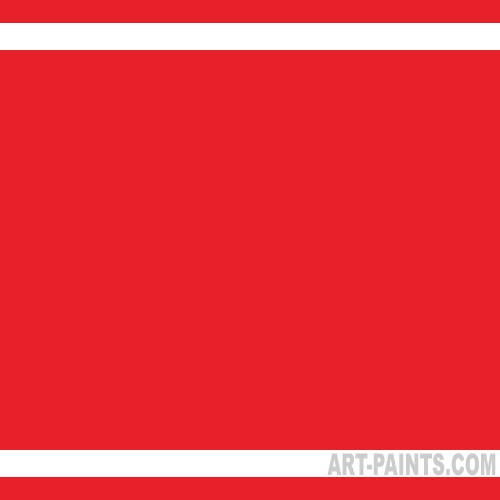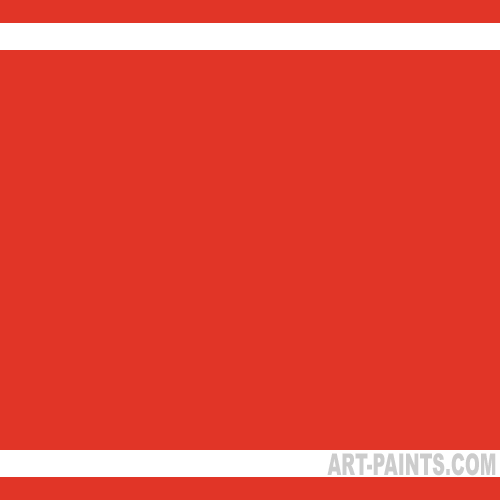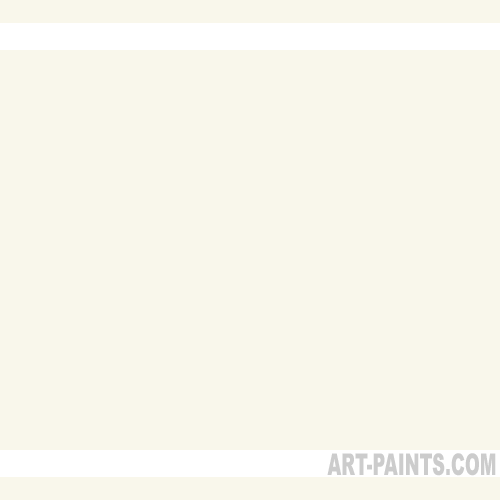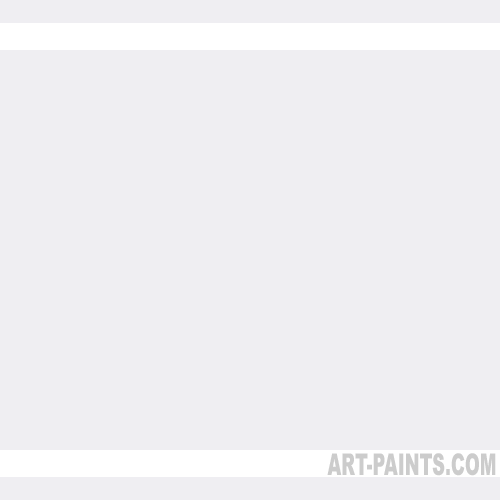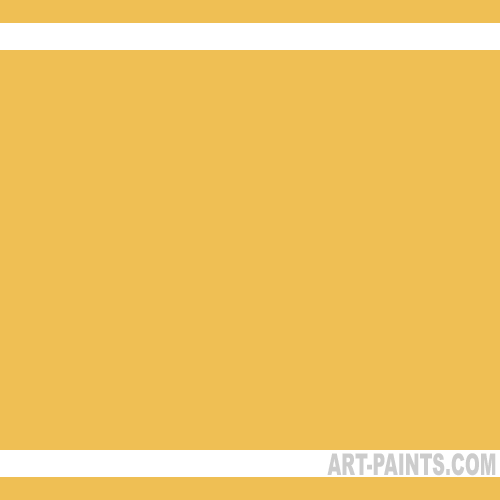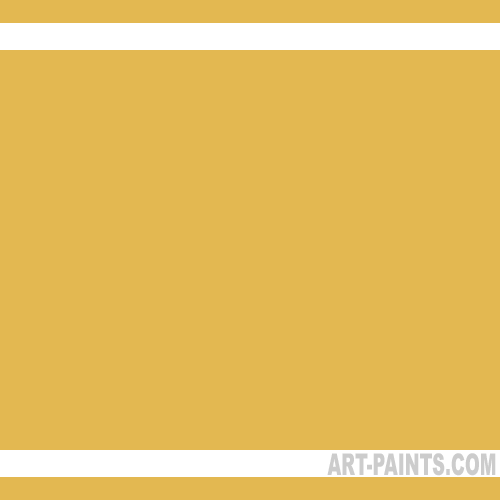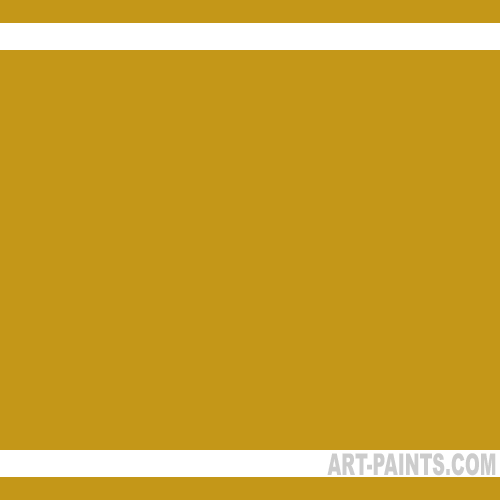Well, it’s that time of year again.
Bring out the red, green and metallic colors, and put away those orange and brown fall hues.
Christmas colors are all about tradition.
Santa’s red suit, the green of the evergreen tree, and dramatic touches of silver and gold all put one in mind of the holiday season.
Green has historical references that far predate Christian history. It has long symbolized power and energy. Evergreens and holly sparkle with life long after other plants have died in the winter. Evergreens were worshipped as powerful and magical gods by Nordic tribes, and Romans used garlands or wreaths of holly to celebrate the winter solstice. For the Romans, these festive embellishments symbolized the rebirth of the sun and harbinger of the return of warm weather.
Red holly berries were incorporated with holly garlands and began the green and red color combination. In the fourteenth century, Adam and Eve Day was celebrated on December 24th. For entertainment, it was common to stage a miracle play. A standard prop for the festivities was a Tree of Knowledge. Since the only trees available at that time of the year were evergreens and the most common fruit was an apple, the red apples were tied to the branches of a pine tree. Thus, the Christmas tree was born.
White symbolizes purity, and of course, white is the color of snow in the northern countries. Silver is often substituted for white.
Gold symbolizes sunlight. Gold was often used in ceremonies to celebrate the winter solstice by early pagans, as it portrays the sun with its warmth and promise of a returning summer.
Today, you’ll find many combinations of colors that contemporary artists and designers use to portray the holidays. However, the traditional color scheme is universally accepted and enjoyed, so dig out your tubes of paint and start creating some holiday memories.
Rich And Opulent Greens
Holiday greens are strong and bold. No wimpy chartreuse or olive drabs this time of year. This lively color family needs to play a strong counterpoint to the rich and sumptuous red hues that you’ll be using, so use robust colors that hold their own.
Vibrant And Luxurious Reds
These strong, almost primary reds glisten with depth and energy. The hues should be luminous and vivid. Used with their complementary greens, they create the visual opposition that gives vigor and liveliness to a composition.
Clean And Clear Whites
Whites should be luminous and clear. No yellow or gray shaded hues can compete with pristine, brilliant white. With the strong, bold greens and reds, a dull, less-than-radiant white will merely look like a piece of dirty linen.
Metallic Silver And Gold
Although there may be cases in which you use a Cadmium Yellow or an Ochre to portray a dull gold, using a bright, pure metallic silver or gold is a wonderful embellishment to add as a special touch to holiday paintings and cards.
You may be doing a series of seasonal home décor items that utilize this palette, or you simply want to add a bit of color to give a holiday feel to your current composition. These bold and striking colors can quickly change a ho-hum painting into a piece that asks for, and gets, a second look.
With the exception of the metallic hues, these are all colors you probably own and use regularly. Experiment with combinations to find just the right blend of tension to give your painting the pizzazz it needs.

